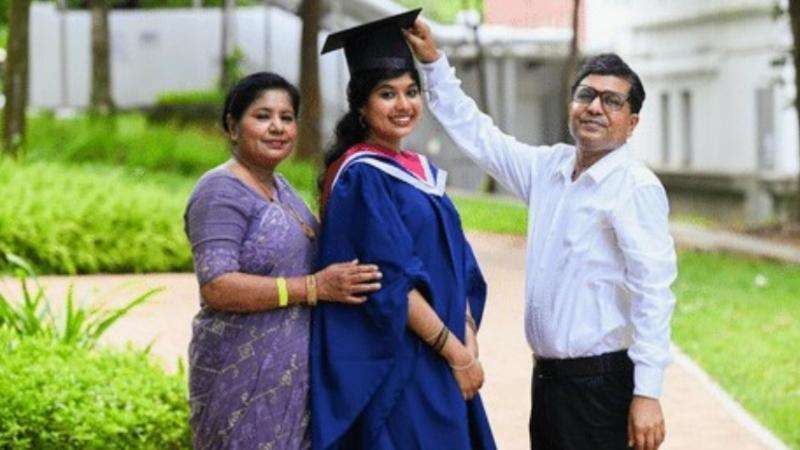As cultural values evolve and economic realities shift, people around the world are waiting longer than ever to say “I do.” The average age of marriage is steadily rising, reflecting major changes in education, gender equality, and lifestyle priorities.
From the fast-paced cities of East Asia to the rural heartlands of Africa, the institution of marriage is undergoing a transformation. No longer a coming-of-age milestone in the early twenties, marriage today is often seen as a thoughtful, later-in-life decision—especially in developed nations.
Global Patterns: Marriage Is Happening Later
According to data from the United Nations and various national statistics agencies, many countries now report an average marriage age above 30:
-
Spain: Average age at first marriage – 38.8 years
-
South Korea: Approximately 37 years
-
United States: Median age – 30.2 for men, 28.6 for women
-
Japan: 31 for men, 29 for women
In contrast, developing nations continue to see earlier marriages. For example, Chad has one of the lowest reported average ages, with women marrying at just over 19 years on average.
Why Are People Marrying Later?
Experts point to several key reasons for the global trend toward later marriages:
Education and Career
Today’s young adults are spending more years in education and entering the workforce later. Particularly for women, higher education has become a gateway to independence—and marriage is often postponed as they focus on career growth.
Financial Concerns
The rising cost of living, student debt, housing prices, and expensive wedding traditions have made marriage financially daunting for many in their 20s and early 30s.
Changing Gender Roles
The idea that marriage is necessary for a woman's social status or economic security is becoming outdated in many societies. As gender equality spreads, more women are choosing to marry when—and if—it suits their personal goals.
Technology and Relationships
Online dating, social media, and changing social habits have redefined how relationships form and evolve. In many cases, these technologies extend the dating phase before marriage becomes a consideration.
Regional Differences
Western Nations
Countries in Europe and North America are leading the trend toward later marriage, with the average age of first marriage often in the early to mid-30s.
Asia
In South Asia, including India, urban areas are seeing rising marriage ages, though rural regions still report earlier unions. Countries like Japan and South Korea face significant delays in marriage due to career pressure and low dating rates.
Africa & Middle East
In parts of sub-Saharan Africa and the Middle East, early marriage—especially for girls—remains prevalent. Cultural traditions and economic hardship often influence these trends.
The Impact of Delayed Marriage
While many studies show that later marriages tend to be more stable and have lower divorce rates, the delay also brings broader social consequences:
Fertility Decline
Many developed countries are reporting record-low birth rates. As marriage and childbirth are delayed, fertility windows shrink, raising concerns about long-term population decline.
Aging Populations
With fewer young couples and lower birth rates, countries like Japan and Italy face rapidly aging populations, placing pressure on public welfare and healthcare systems.
Changing Family Dynamics
Later marriage has contributed to a rise in alternative family structures—such as cohabitation without marriage, single parenting by choice, and blended families.
Looking Ahead
Sociologists believe the average marriage age will continue to rise globally, especially as more people prioritize independence, personal development, and career goals.
In response, some governments are offering incentives—like tax breaks, housing support, and childcare benefits—to encourage earlier family formation. However, these policies often struggle to overcome deeper cultural and economic realities.
For many, marriage is no longer an obligation or a goal to achieve in early adulthood. Instead, it has become a personal choice—one that reflects an individual’s values, readiness, and life aspirations.




_3.jpg)


_1.jpg)
.svg)

_1.jpg)
_1.jpg)

_2.jpg)